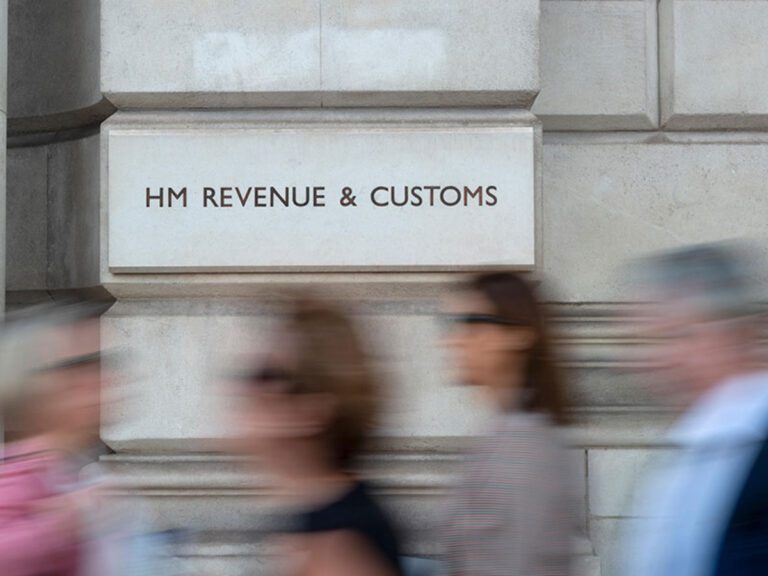🎧 Listen to This Article
LONDON – In a major policy shift, HMRC has revised its stance on contributions made to Employee Ownership Trusts (EOTs), reclassifying certain payments as taxable distributions—but simultaneously introducing targeted relief for trustees, effective 30 October 2024.
Previously, HMRC had accepted that contributions made by companies to EOT trustees—used to fund the acquisition of company shares—were not distributions under section 1000 of the Corporation Tax Act 2010. However, following a policy reassessment, HMRC now considers these payments to be distributions “in respect of shares,” with implications for income tax liability.
To cushion the impact of this revised position, a new statutory relief under section 401ZA of ITTOIA 2005 will allow EOT trustees to offset acquisition-related expenses against these deemed distributions, provided certain conditions are met.
1️⃣ Why HMRC Changed Its View
Until 30 October 2024, many tax advisers relied on non-statutory clearances from HMRC confirming that EOT funding contributions were not treated as distributions. However, HMRC now argues this interpretation was flawed.
The new guidance asserts that:
- Payments by a company to EOT trustees are made in respect of shares, regardless of the trustees’ intentions or capacity.
- Such payments fall squarely within the scope of section 1000(1)(B) CTA 2010, and are taxable as income distributions.
Quote:
“What matters is the nature of the payment—not who receives it or how it will be used,” HMRC stated in its updated guidance.
2️⃣ New Relief for Trustees Under Section 401ZA
To mitigate the tax impact, HMRC is offering a specific relief from income tax for distributions made on or after 30 October 2024, where:
- There has been a qualifying disposal of a company’s ordinary shares to an EOT.
- The EOT satisfies the conditions outlined in HMRC’s Capital Gains Manual CG67810 and CG67820.
Eligible costs that can be deducted from the distribution include:
- The price paid for the shares in the qualifying acquisition
- Repayments of loans used to fund the acquisition
- Interest on deferred consideration (within commercial limits)
- Valuation fees related to the acquisition
Trustees can only deduct expenses that:
- Do not reduce the distribution below zero
- Have not been deducted from another distribution
Claims must be submitted within four years of the end of the relevant tax year.
3️⃣ How Trustees Can Claim Relief
Two routes to claim:
- Via Tax Return: Include the claim in the self-assessment tax return for the relevant year.
- By Written Submission: If no return is filed, write to:
HM Revenue and Customs
Trusts
BX9 1EL
United Kingdom
Required details for written claims:
- Name and TRS reference of the EOT
- Company name and registration number
- Tax year in question
- Detailed schedule of acquisition costs
- Signed declaration that the relief requirements have been met
4️⃣ Grandfathering Provisions for Pre-October 2024 Arrangements
HMRC confirmed it will honor all clearances issued before 30 October 2024, and will not challenge the treatment of historic contributions made under those terms—even if no clearance was sought—provided:
- Funds were used to establish or maintain the EOT
- Contributions covered trustee liabilities for share acquisition
- Shares were purchased at no more than market value
This provides crucial certainty for hundreds of businesses that have transitioned to employee ownership using this model over the past decade.
5️⃣ Expert Take: A Policy Reset with Guardrails
Tax experts have welcomed the clarity but warn of tighter compliance.
“This is a well-balanced move—closing a legal grey area while protecting bona fide EOT structures,” said Alice Hamilton, Head of Tax at TrustCo Advisory.
“But trustees will need to be meticulous in tracking acquisition costs and submitting timely claims.”
What’s Next?
This change marks a turning point for the UK’s EOT regime, which has grown significantly as companies seek tax-efficient succession strategies.
With distributions now clearly treated as taxable, businesses planning EOT transitions must:
- Reassess funding structures
- Consult with advisors on compliance
- Ensure documentation aligns with relief conditions
HMRC is expected to release additional guidance later this year, clarifying acceptable evidence and process for relief claims.
For further details, clarification, contributions, or any concerns regarding this article, please contact us at editorial@tax.news. We value your feedback and are committed to providing accurate and timely information. Please note that our privacy policy will handle all inquiries



